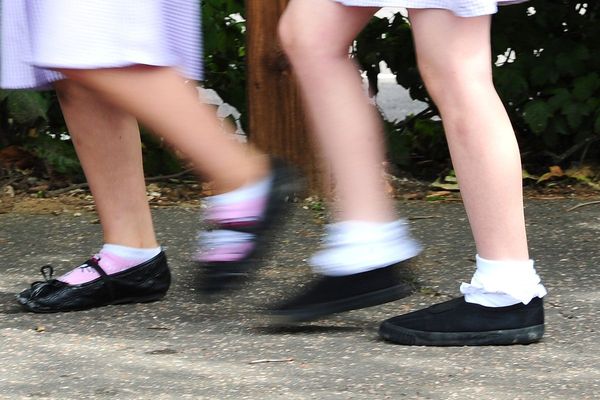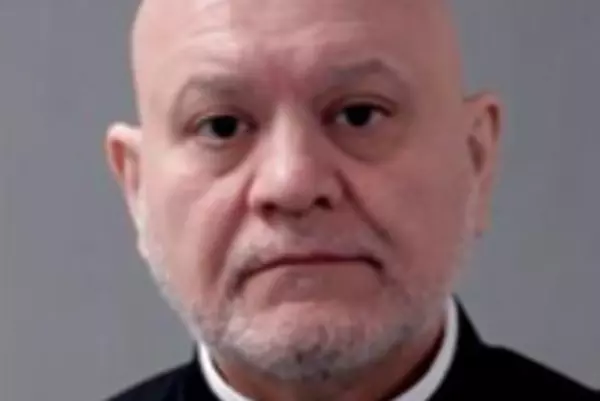
The London blue plaque scheme has announced it will be introducing six new plaques in celebration of women’s achievements in 2020.
The group include secret agents, an artist, a botanist and two important feminist organisations.
The plaques mark sites of historical or cultural importance and honours Londoners who have made a significant contribution in their field.
But the scheme, run by English Heritage since 1866, has been plagued by accusations of gender imbalance as it is estimated only 14 per cent of the 950 plaques celebrate women.
In 2018 the London Assembly called on the organisation to address the problem and commemorate more women around the capital.
The rules dictate that someone must have been dead 20 years in order to be considered and the plaque can only be placed on an actual building that person inhabited; rules which were deemed to potentially be hindering efforts to rapidly increase the number of women.
Anna Eavis, the curatorial director and secretary of the blue plaques panel, said: “There are now more women shortlisted than men, and 2020 will see more plaques to women than we have unveiled in 20 years.”
But who are the six recipients being recognised?
Christine Granville
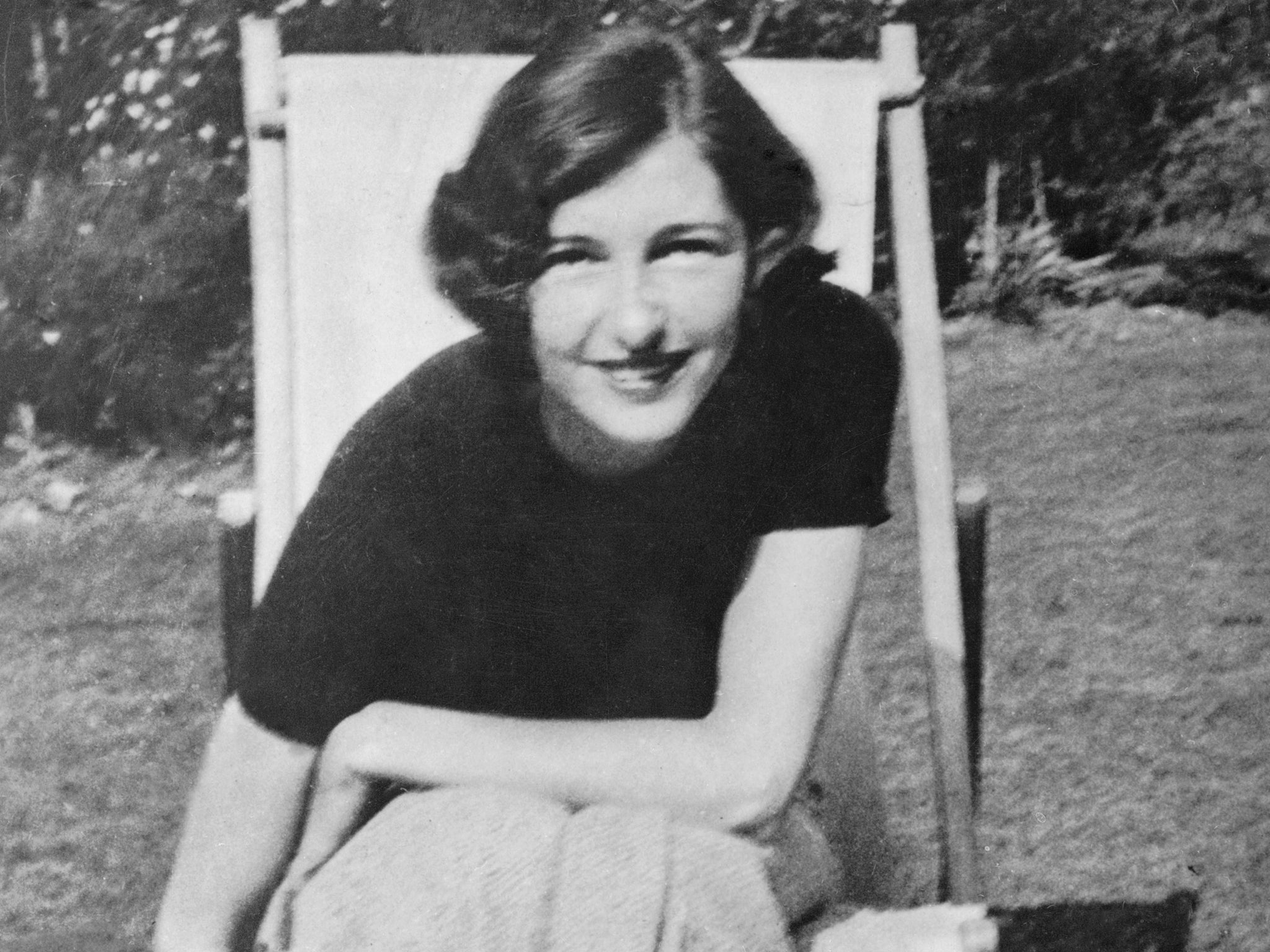
Christine Granville was born a Polish countess, Krystyna Skarbek, before being naturalised as a British citizen. She was the first and longest-serving female British Special Operations Executive (SOE) special agent during the Second World War. During the Nazi occupation of Poland she skiied out of the country, escaping with the first evidence of Operation Barbarossa (the German invasion of the Soviet Union).
Her resourcefulness and success have been credited with influencing the organisation’s decision to recruit more women. Her plaque will be placed on the west London hotel where she lived for three years before she died in 1952.
Noor Inayat Khan

Khan, also known as Nora Baker, was also a British spy during the Second World War. She served in the Special Operations Executive (SOE) and became the first female wireless operator to be sent from Britain into occupied France to aid the French resistance.
Khan has been called Britain’s Muslim war heroine after being executed at Dachau concentration camp in 1944, aged 30. She was posthumously awarded the George Cross for her service, the highest civilian decoration in the UK. Her plaque will be placed at a house in Bloomsbury where she lived for part of her life.
Barbara Hepworth

Barbara Hepworth was an internationally-renowned British sculptor, born in Wakefield, Yorkshire in 1903. She was a leading figure in the international art scene throughout a career spanning five decades. Hepworth’s art was largely about relationships between human figures and landscapes; one of her most recognised works was her mother and child figures.
Her plaque will be marked at a basement flat in St John’s Wood where she lived with her first husband, John Skeaping. The plaque will mark both parties.
Dame Helen Gwynne-Vaughan

Dame Gwynne-Vaughn’s plaque is the first of 2020 to be unveiled on her home of 50 years in Bedford Avenue, Bloomsbury. Gwynne-Vaughn is known for her leadership during the First World War when she helped form the Women’s Army Auxiliary Corps.
Her work also lay the foundations for all modern women’s air services. She also had a secondary career as a botanist. She was made a Dame Commander of the Order of the British Empire (OBE) in the 1919 honours list.
National Union of Women’s Suffrage
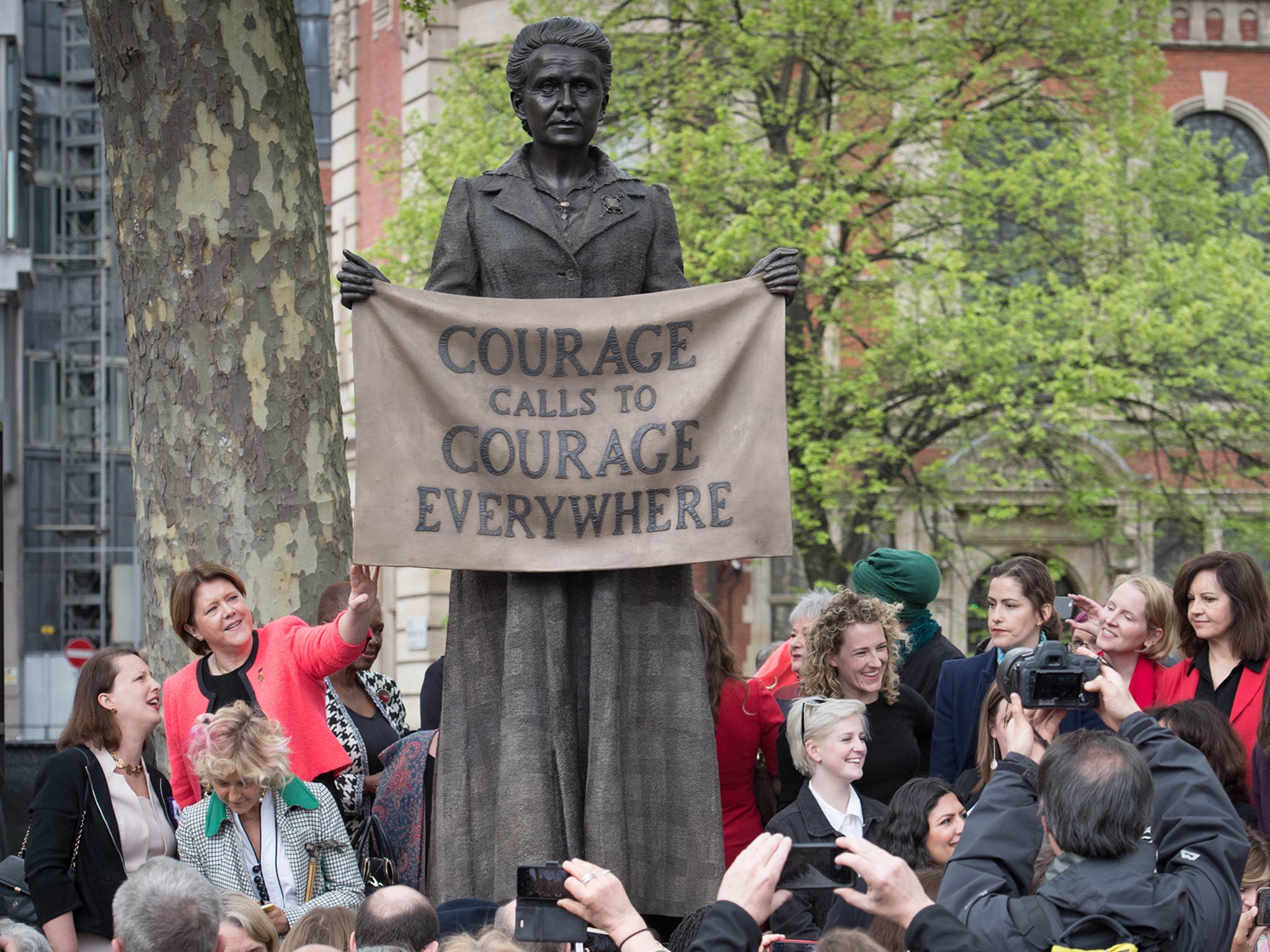
The National Union of Women’s Suffrage, also know as the suffragists (not to be confused with the suffragettes) was an organisation set up in 1897 and led by Millicent Fawcett.
The organisation was democratic, aiming to achieve women’s right to vote through peaceful and legal means. In 1919 it underwent a renaming to become the National Union of Societies for Equal Citizenship. Their archives are currently held at the Women’s Library at the London School of Economics (LSE).
Women’s Social and Political Union
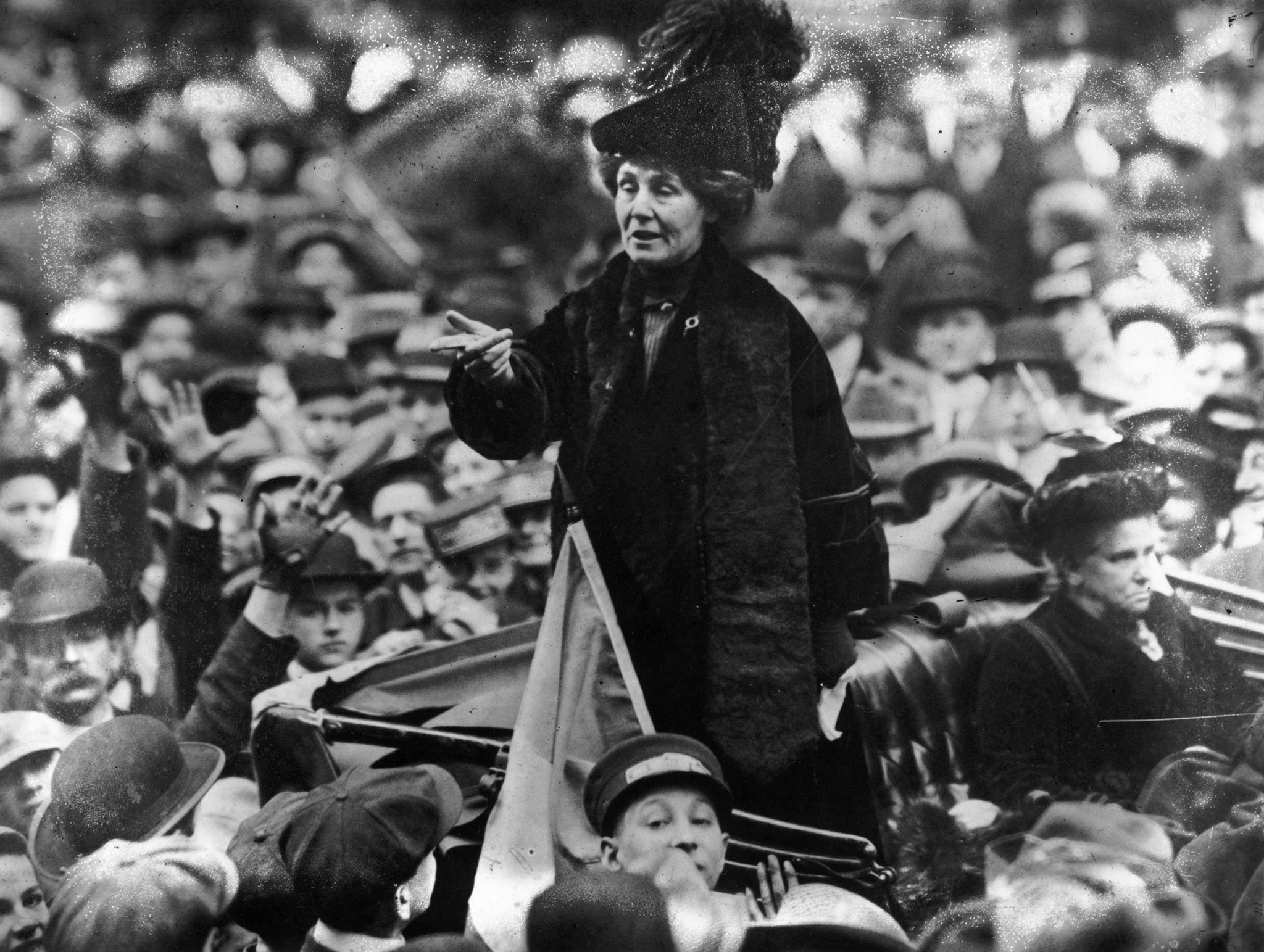
The Women’s Social and Political Union was a women’s-only political movement and militant organisation campaigning for women’s suffrage in the United Kingdom from 1903 to 1917.
Co-founded in Manchester, it was led by Emmeline Pankhurst and known, from 1906 onwards, as the suffragettes. Its membership and policies were tightly controlled by Emmeline Pankhurst and her daughters Christabel and Sylvia (although Sylvia was eventually expelled).
The WSPU became known for civil disobedience and hunger strikes, unlike the pacifist National Union of Women’s Suffrage.
